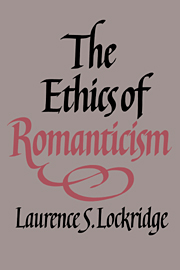5 - De Quincey and Romantic decadence
Published online by Cambridge University Press: 16 September 2009
Summary
When Thomas De Quincey escaped Manchester Grammar School in 1802, he felt the “deep, deep magnet” of William Wordsworth pulling him toward the Lake District. But the “principle of veneration” itself paralyzed him: Dove Cottage would have been “vulgarised” had he rushed in excited, truant, and impecunious. He went instead to Wales. In 1805 and again in 1806, he approached the Vale of Grasmere only to retreat “like a guilty thing, for fear I might be surprised by Wordsworth,” whom he encased in the rhetoric of religious hyperbole. “The very image of Wordsworth as I prefigured it to my own planet-struck eye, crushed my faculties as before Elijah or St. Paul” (II 231). He indulged his most characteristic act: he fled. The five-foot tall De Quincey, who had in 1803 written an unctuous fan letter saying he was literally willing to die for Wordsworth, took confidence only when the opportunity arose in 1807 of escorting Coleridge's wife, Sarah, and three children from Bridgewater to Grasmere. His approach to Coleridge a few months earlier, once he had found the elusive poet and metaphysician, had not been such a trial. The image of Coleridge had not crushed his faculties.
De Quincey's arrival in Grasmere as a Coleridge-surrogate prefigured the larger structure of his life. He became in many respects like Coleridge.
- Type
- Chapter
- Information
- The Ethics of Romanticism , pp. 249 - 278Publisher: Cambridge University PressPrint publication year: 1989

